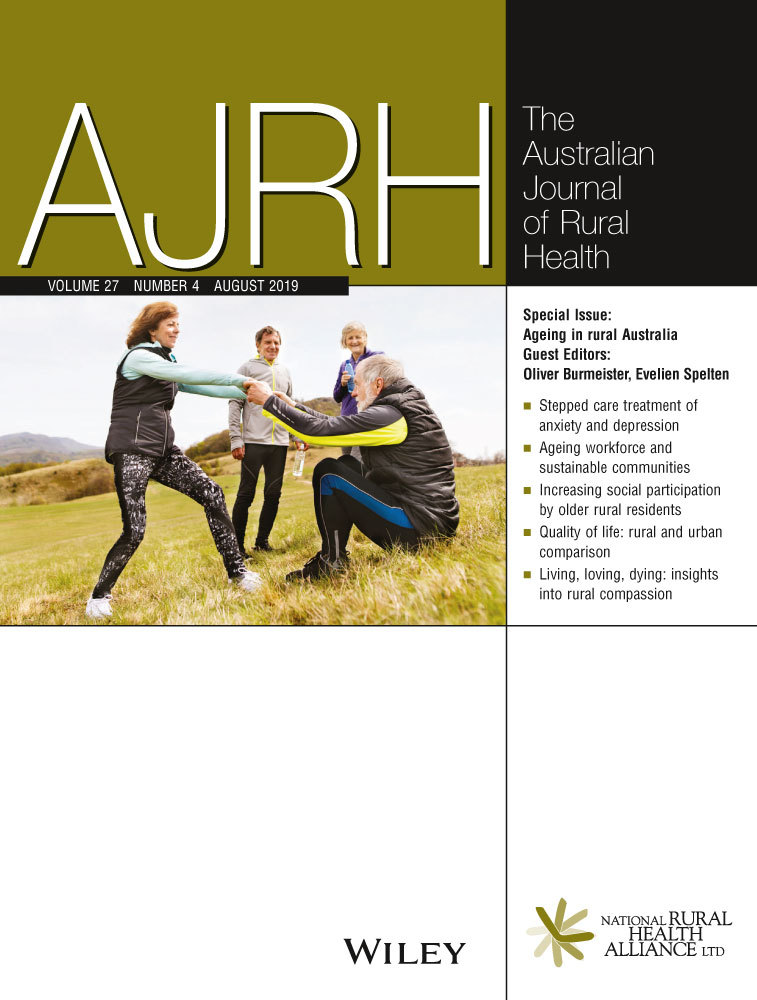Utilising capacity in a rural hospital to support older people requiring hospital care: Kilcoy Connect
Abstract
Problem
The increasing specialisation of medical care in larger centres is contributing to the declining use of rural hospitals that are close to larger centres, risking bed closures or even facility closure.
Design
An allied health-led model of care supported by telehealth geriatrician services was developed and implemented in eight beds in a rural hospital to manage older patients needing geriatric evaluation and management.
Setting
The project was set in Kilcoy Hospital, a small facility north of Caboolture in Queensland, Australia. The feeder hospital was Caboolture Hospital, the regional centre.
Key measures for improvement
Occupancy rates at the rural hospital along with length of stay, discharge destination and functional independence measure.
Strategies for change
A project officer was employed 1 day a week to facilitate the implementation of the new model of care. Training and education were provided to medical and nursing staff to understand and implement the geriatric evaluation and management model of care.
Effects of change
Over the project time frame, 93 patients were successfully managed in the rural hospital with improved occupancy rates. Outcomes were as effective and safe as compared to the group managed at the regional centre. The model of care is now routine practice.
Lessons learnt
Using excess capacity in rural hospitals by employing a geriatric evaluation and management approach is a viable strategy to address declining rural hospital usage.




